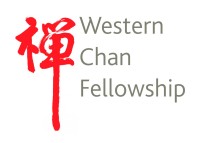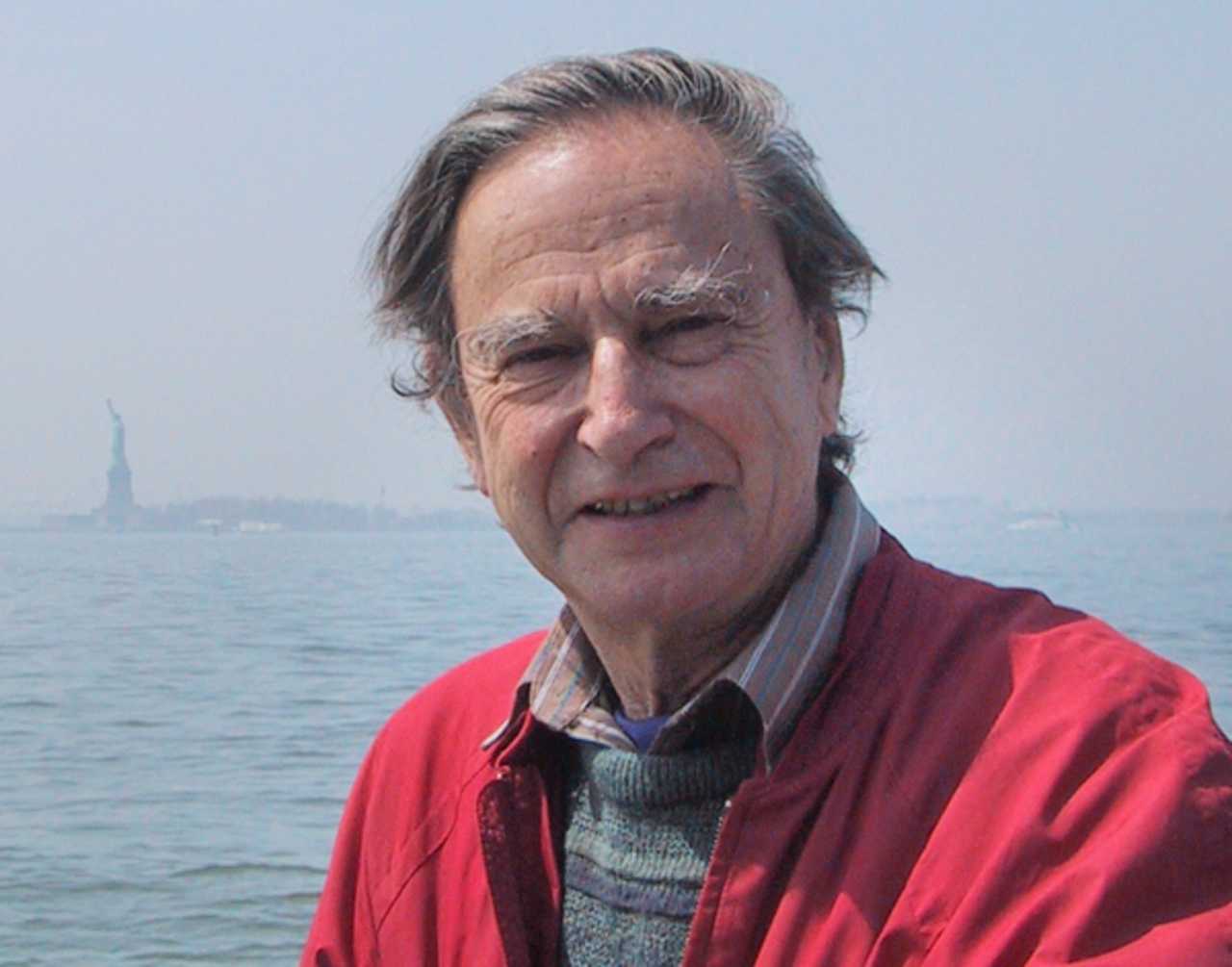On Taking Refuge
When someone has decided to follow the path of the Buddha it is usual for him or her to make a formal commitment to that path by participating in a simple ceremony known as Taking Refuge. We have recently put together a short liturgical text enabling people to Take Refuge through the Western Chan Fellowship. This Teisho seeks to explain what is involved and to provide a source for the presentation of the ceremony by a leader asked to do so.
Taking Refuge is a serious commitment not to be undertaken lightly. It is not like joining a club; rather it is an affirmation that you intend to follow a life-defining path of great depth that has an ancient history. You should not do this simply because you want to join up with some new friends, rather, you need to understand what you are doing by some appropriate study and preliminary practice that confirms in your heart that this path is right for you. It is fundamentally a life-long commitment although not a restrictive one: to change a path may be to admit a mistake but, in the Buddha’s view it is a choice open to you.
There are, of course, other paths that define life commitments, and it would be appropriate for you to know what they are. Through having a sincere look around, you can come to a reliable decision. Undertaking to live following the principles of the Buddha’s teaching is about learning to live a more useful life both for your self and for others. This in turn helps to create a more positive society through rejecting the patterns of ignorance that often surround us. Taking Refuge defines a spiritual path enabling you to enter a world of increasing wisdom and compassion. It confirms a resolution to study, practice and understand that Path not as a rejection of other ways that may suit others but as a simple personal choice and preference.
Many of us are unsure about how to live our lives. Some with spiritual inclinations are also confused as to which of the many paths on offer is the one to chose. Gone are the days when each culture had a clear practice. Today, due to world-wide information technology, we may chose from the whole repertoire of the ethical history of humanity. Two thousand five hundred years ago, the Buddha had an extraordinary insight into the nature of our minds and the practice that investigating it would entail. Essentially, this insight is summarized in his initial teachings given to five friends in the famous Deer Park at Sarnath outside Banaras, a place you can still visit today. We know these teachings as the Law of Dependent Co-Arising and the Four Noble Truths. On considering these, you will at once recognize the originality and depth of his discovery and its implications for humanity. His teachings developed over many years and spread through India, Sri Lanka, Burma, Thailand, China, Japan and Tibet. There are contrasts between these regional paths but the essential root is the same. Today, all these teachings in their rich variety are available in the West and provide a striking contrast to other paths you may know. When you study these root teachings and are clear about them, you have the basis for deciding whether they indicate the right path for you.
Taking Refuge has three aspects. Firstly, there is the Buddha, meaning the appreciation of a great person and his insight. Secondly, there is the Dharma, that is his teachings in Sutras and commentaries and thirdly the Sangha, the community of monastics and lay people. Taking Refuge is in these Three Jewels in their completeness not in any one of the lineages through which they are expressed. None the less, it will be through a lineage that you enter the path.
In our lineage of Chinese Zen, the path of understanding has both gradual and sudden learning. By gradual study and the practice of meditation with an accomplished teacher, you develop a deep appreciation of the depth of this path. Through meditation and intensive retreat, as well as at other times of less formal reflection, you may gain sudden, intuitive insights into the meaning. Mind and heart are united in a growing depth of realisation. Naturally, you change into someone with increasing wisdom and a growing compassion for all living things. The way forward may surprise you. It is more a matter of letting go to discover the root of being rather than a seeking for some gain.
Taking Refuge requires mutual trust between the person leading the refuge ceremony and the person taking refuge. Whoever presents this ceremony needs to have taken refuge him/herself and should show signs of a degree of wisdom and kindness in their lives. If this is not apparent to you then it may be best to look elsewhere.
Taking Refuge through the Western Chan Fellowship is therefore an entry to the Dharma in its totality and it does not mean you have to remain a member of this particular lineage forever. Your dedication is to the Three Jewels wherever they are properly expressed so that participation in the practices of other Dharma lineages is quite OK. Yet, teachings do vary and you will need to consider them. Most people do choose to follow a lineage of their choice.
The Western Chan Fellowship inherits the two main schools of Chinese Zen as assembled by a great teacher who recently passed away, the Venerable Chan Master Sheng Yen. He entrusted two people to teach in his place in Britain, the first was John Crook, currently the Teacher of the Fellowship, and the second, Simon Child. Both are known as Dharma Heirs, due to the transmission to them of the Master’s trust. Yet, it is now you who must decide on their reliability for you.
Our Fellowship has expanded greatly in recent years and now has some nineteen regional groups across the United Kingdom and affiliated Sanghas in Poland, Norway and France. John and Simon are vigorously engaged in transmitting the Dharma through teachings and retreats and in training other leaders of various levels.
We wish you well and welcome to the Dharma!
Chuan deng Jing di
Teacher WCF
January 2011
- Publication date:
- Modified date:
- Categories: 2011 Teishos John Crook John Crook
-
 Western Chan Fellowship CIO
Western Chan Fellowship CIO - Link to this page
Back

©Western Chan Fellowship CIO 1997-2025. May not be quoted for commercial purposes. Anyone wishing to quote for non-commercial purposes may seek permission from the WCF Secretary.
The articles on this website have been submitted by various authors. The views expressed do not necessarily represent the views of the Western Chan Fellowship.
Permalink: https://w-c-f.org/Q372-89





